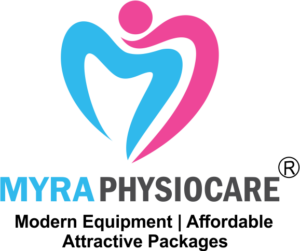Cervical Spondylosis
Cervical spondylosis is a common condition that affects the cervical spine, which is the portion of the spine that is located in the neck. It is a degenerative condition that results from wear and tear on the bones, discs, and joints of the neck over time.





The most common symptoms of cervical spondylosis include neck pain and stiffness, which can be accompanied by headaches, shoulder pain, and numbness or tingling in the arms or hands. In some cases, people with cervical spondylosis may also experience muscle weakness or difficulty with coordination.
Cervical spondylosis is typically diagnosed through a combination of physical examination, medical history, and imaging studies such as X-rays, CT scans, or MRI scans.
Treatment for cervical spondylosis typically involves a combination of non-surgical interventions such as physical therapy, medication for pain and inflammation, and lifestyle modifications such as exercise and improved posture. In some cases, surgery may be necessary to relieve pressure on the spinal cord or nerves.
Why choose Cervical Spondylosis
Cervical spondylosis is an important condition to understand because it is a common cause of neck pain and can lead to a range of symptoms that can significantly impact a person’s quality of life. Understanding the causes, symptoms, and treatment options for cervical spondylosis can help people who are affected by the condition to manage their symptoms and improve their overall health and well-being.
There are several reasons why learning about cervical spondylosis is important:
Prevalence: Cervical spondylosis is a very common condition, especially among older adults. It is estimated that over 85% of people over the age of 60 have some degree of cervical spondylosis.
Impact on quality of life: The symptoms of cervical spondylosis can be quite debilitating and can significantly impact a person’s quality of life. Understanding how to manage these symptoms can help people to live more comfortably and enjoy a better quality of life.
Treatment options: There are several treatment options available for cervical spondylosis, ranging from non-invasive approaches such as physical therapy and medication to more invasive options such as surgery. Understanding these options can help people to make informed decisions about their care.
Overall, understanding cervical spondylosis is important because it is a common condition that can significantly impact a person’s health and well-being. By learning about the causes, symptoms, and treatment options for cervical spondylosis, people can better manage their symptoms and enjoy a better quality of life.
